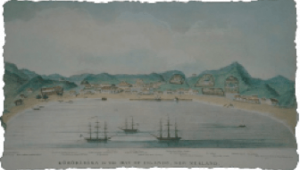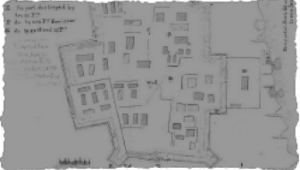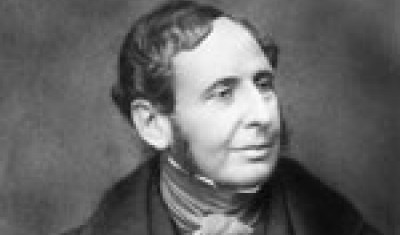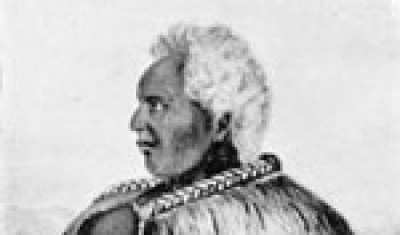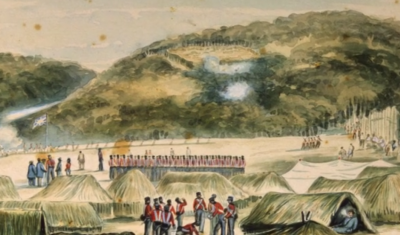
Cannon



The British had three 32-pounder and one 18-pounder cannon. Transporting these large artillery pieces up to Ruapekapeka was a gruelling experience. A track had to be cut through the bush, and the soldiers and sailors had to pull on ropes to supplement the efforts of the bullocks.
Cannons were installed at each of the three British positions: a 32-pounder at the main camp, along with a 6-pounder brass gun, two 32-pounders at the main gun battery, and the 18-pounder at the forward gun battery.
The cannon were cast-iron muzzle loaders, typical of that time period. The cannonballs were solid cast iron, weighing up to 14.5 kg (32 pounds). To fire, the gunner loaded a fabric powder cartridge down the muzzle, then the shot, and a wad to hold it in place. A wire pricker was inserted into the vent to prick the charge, which was filled with gunpowder. A gunlock or a slow match was held at the vent to fire the gun.1 Although not very accurate or reliable (by modern standards), cannon like these were very good at smashing field fortifications.
1 Jones, G. (senior editor). 2012. The Military History Book: The Ultimate Visual Guide to the Weapons that Shaped the World. Dorling Kindersley, London. p. 198
